How Big Is a Siberian Cat? His Size Compared to 7 Other Cat Breeds
Coming from Russia, the renowned Siberian cat majestically displays its natural glamour and attractive persona that endlessly captivates the interest of many cat lovers all over the world. You might be intimidated by his looks, but in reality, this feline is approachable and is as cuddly as a teddy bear!
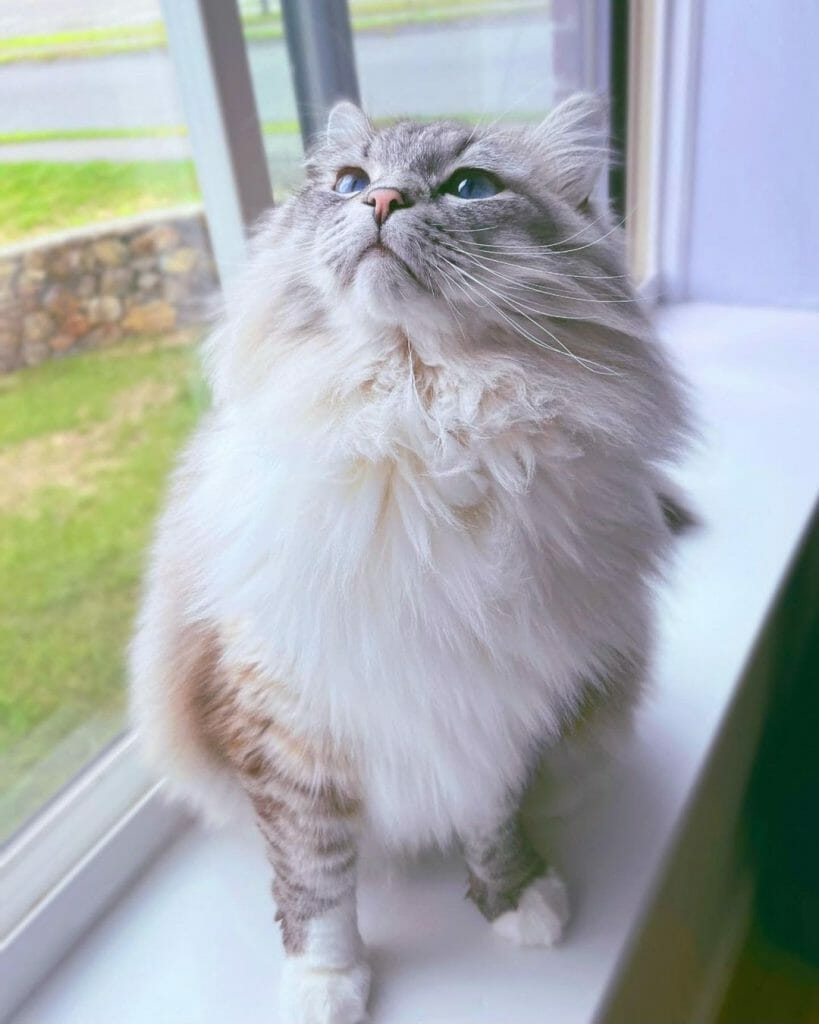

This Forest cat is usually a medium to large-sized breed perfect for those who love to carry a sizable pet in their arms. The fluffy coat that makes him appear thicker plus his adorable squishy face and his bushy straight tail can melt anyone’s icy hearts- even those who are avid dog lovers!
If you are considering getting yourself this cat breed, you might want to look first into more details that make up the size of this feline so you’d know what to expect. We’ll provide you that as well as a clearer description of how large a Siberian cat is when compared to other cat breeds. Let’s dive into it!
Table of Contents
The Statistics for a Male and Female Siberian Cat
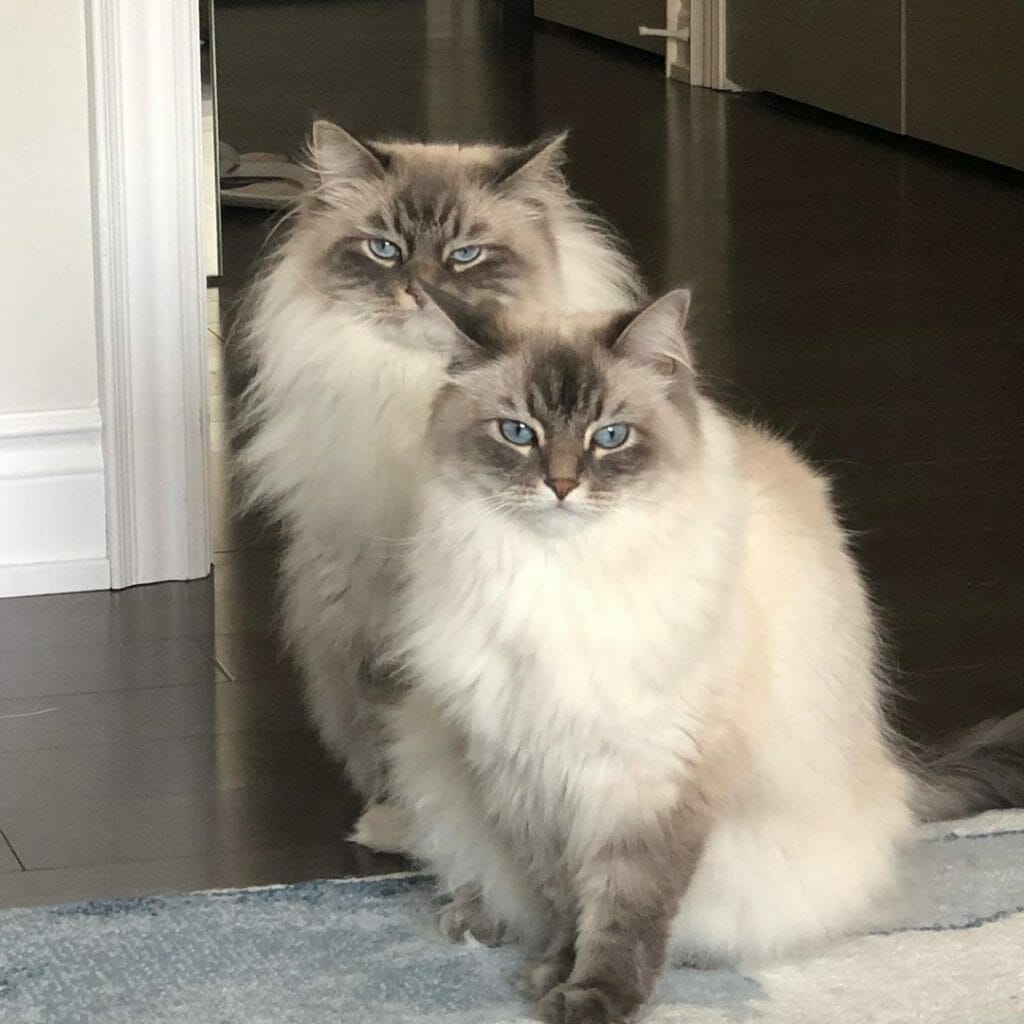

Both male and female Siberian cats mature so slowly that they would take up to five years before they finally reach adulthood. Typically, just like other cats, the male Siberian cat would weigh slightly more than the female. It is no longer surprising if you see a male Forest cat weighing up to 25 pounds, but on average, he can be anywhere between 15 to 20 pounds. Meanwhile, the lady Siberian’s weight may range from 12 to 15 pounds.
Both genders can be 10 to 12 inches tall and reach a life span of 8 to 10 years.
Of course, once you have this kitty, the size will widely vary depending on the diet, age, health status, and activity level. Considering that a lot of factors can come into play when it comes to this cat’s figure, every Siberian owner should know how to properly raise his pet to guarantee it a fulfilling life.
The Siberian Cat Size in Four Stages
It’s an obvious fact that cats go through different stages. What’s fascinating about the Siberian kitty, however, is that his kittenhood takes up most of his life years! Out of that is a question if ever the Siberian cat who is, let’s say, 4 years old would still have the body of a kitten. With that, we shall find out:
Kitten
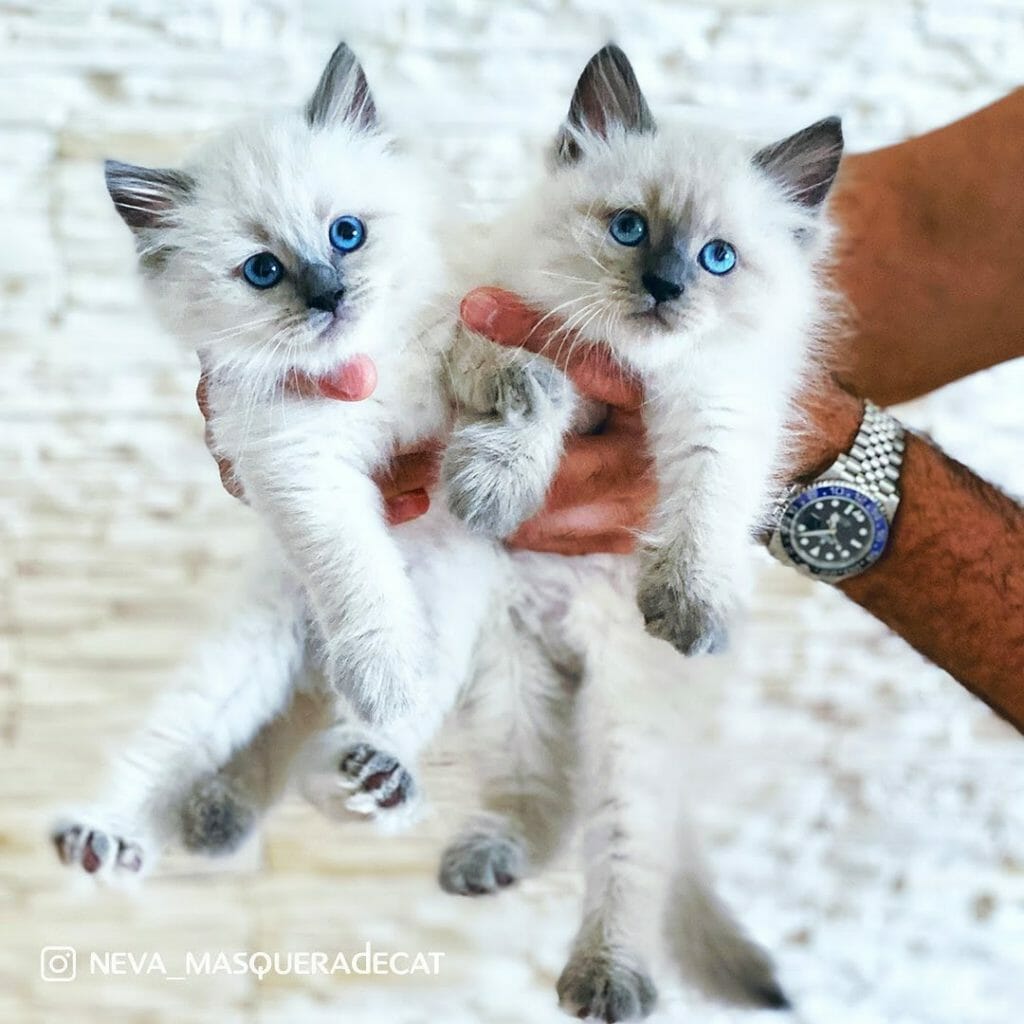

Siberian cats are heavyweights so expect a kitten of this kind to blow up in just a short period. Although, of course, he will only have his fullest physical development after five years, it should be known that most of his growth takes place from birth to 18 months.
A Quora user detailed a question about whether it is normal for the Siberian breed to have a kitten who is only 12 weeks old to weigh 6 pounds already. The answer to that is, yes, it is normal. It should be pointed out, however, that the Quora user did not provide more details regarding how he brought up the kittens, but if we assume that he raised the kittens properly, then the size was largely factored by genetics.
To make it simpler to imagine, the Siberian kitten will grow bigger than the common domestic kittens we see and that is something we should already expect. He grows fast during his early years and suddenly, the maturation runs at a slower pace until he reaches adulthood.
Adolescent
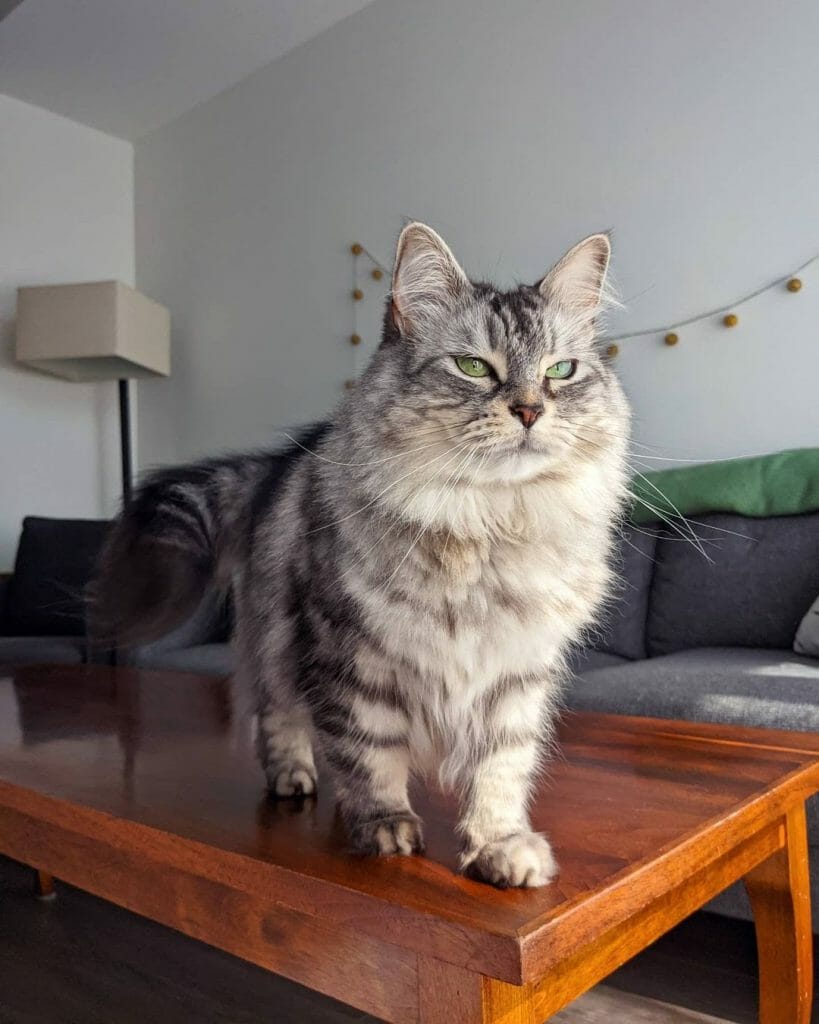

The developmental stages of the Siberian cat are quite complex. Generally, what we know is that his kittenhood takes place up to 5 years, but then this stage can’t jump to adulthood without transitioning to adolescence first.
There is no exact age when the Russian Forest cat will reach his adolescent years, but this may generally happen later after 3 to 4 years. You can easily identify if he’s already a moody teenager through observing his behaviors such as:
- Becoming restless at night
- Showing new and peculiar behaviors
- His friends become his enemies
- He’s pushing boundaries and no longer acts angelic
Moreover, the harder part to think about is that despite this Siberian cat exhibiting kitty-like attributes for years, this breed is, by far and large, fast to sexually mature. The urge to sexually reproduce shows at the onset of behavioral changes.
Since each cat is an individual, cases will most likely not show absolute results when it comes to cat maturity. In a whole sense, Siberian cats are kittens for the most part that gradually become teenagers before they quickly turn into adults.
Note: Although Siberian kitties sexually mature very quickly, they are slow when it comes to physical and emotional changes.
Adult
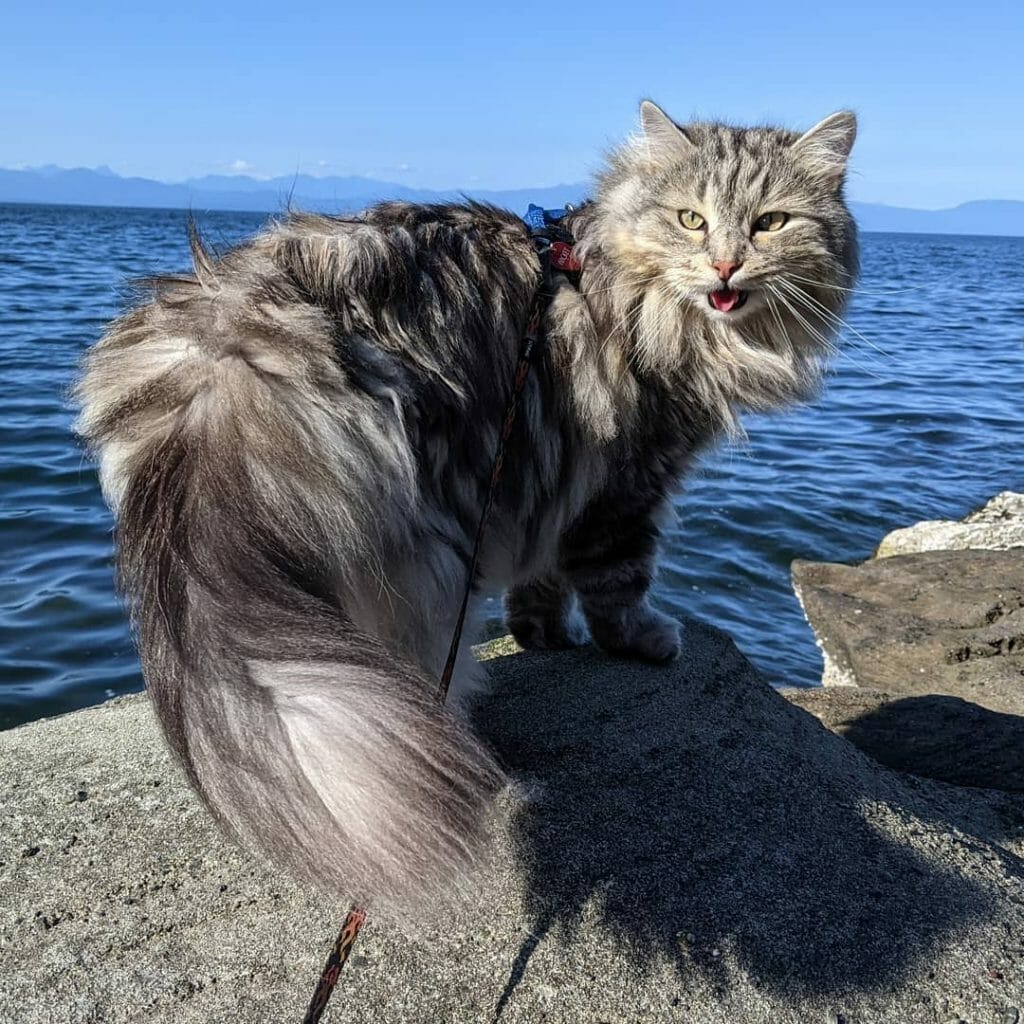

This is when Siberian cats reach their maximum sizes! Expect your pet to act differently than before but is less immature than his teenage moments. That, however, doesn’t change his general temperament. He will remain friendly and mostly cuddlier than ever. But then, it is worth remembering that the way you nurture your cat will serve as a foundation for his future behavior.
Geriatric
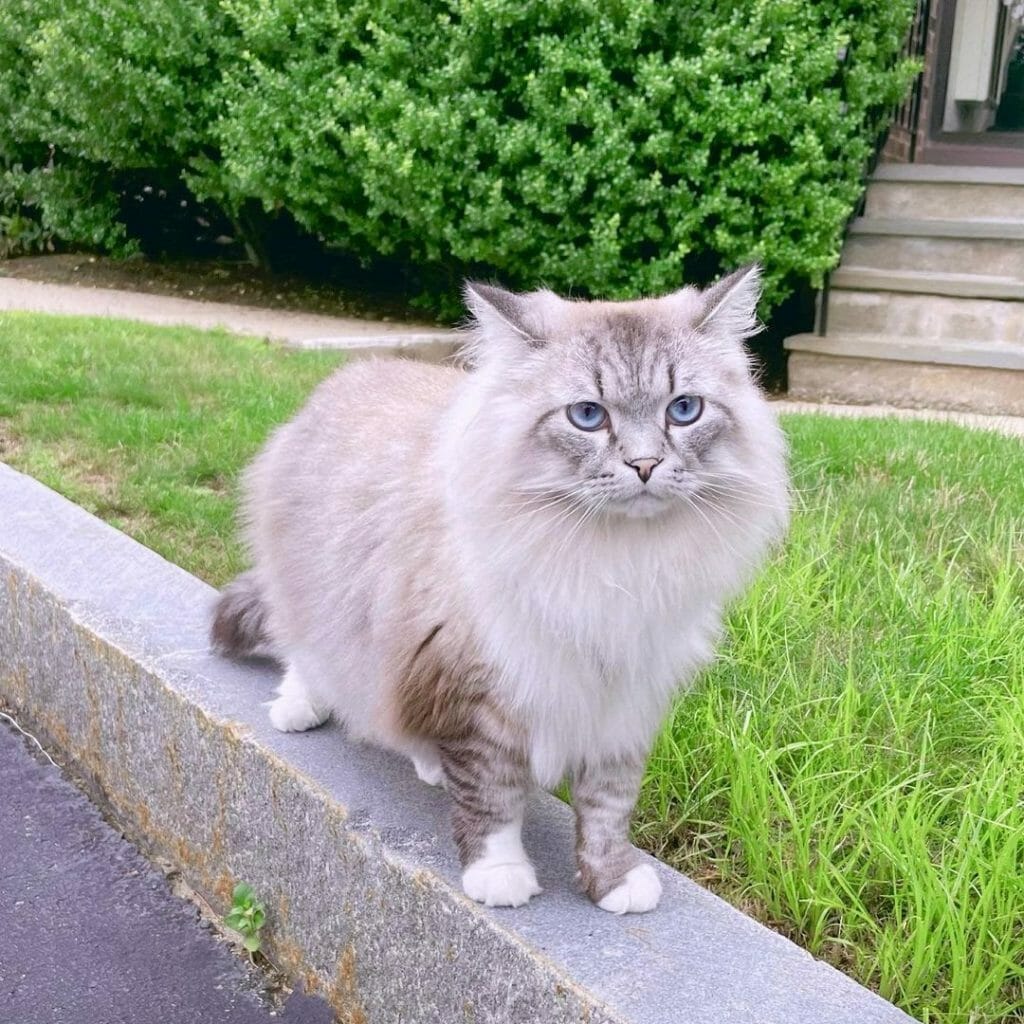

Once the Siberian cat hits old age, there is a possibility that he will lose some of his weight. This is because certain medical conditions such as thyroid and kidney disease may start to develop which can lead to weight loss. However, since the Russian cat has its well-known thick coat, his physique is often concealed by it. If you feel his body by hand, that’s when you’ll notice the decline in his physical structure.
This is not something you should worry about greatly. Cats who are in their final days no longer maintain the same appetite as they did when they were young. It is because they become too weak to consume anything which is why switching the diet to appropriate ones suggested by your vet is necessary.
Since an old cat will eat a lesser amount of food, if ever he does, the meal should be packed with all the necessary nutrients his body would need even if the meal portion is not large.
How Big Is a Siberian Cat Compared to the…
Bengal Cat
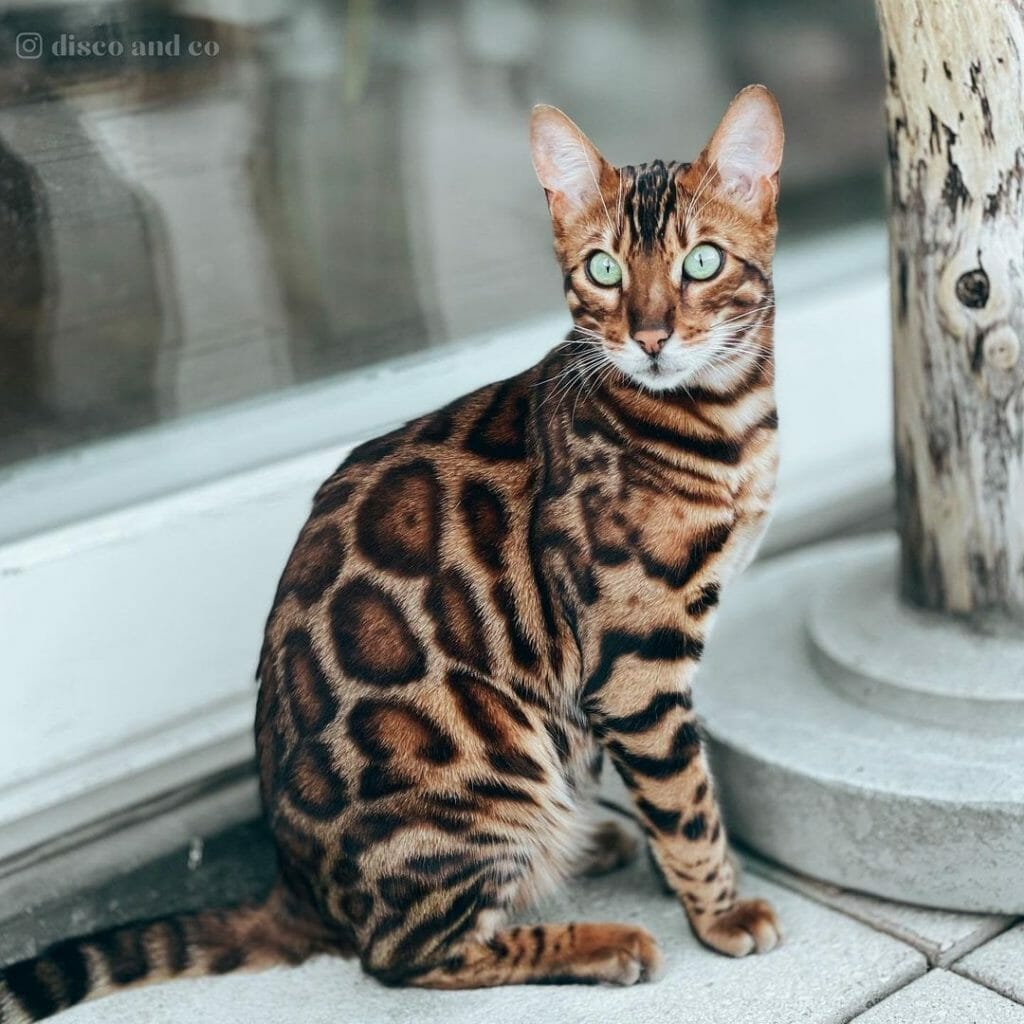

The Bengal cat who is known to have a unique coat pattern (marbled or spotted) is 1.18 inches slightly shorter compared to the Siberian feline. Both their lengths from the nose to the tip of their tails can go averagely from 14 to 18 inches. As for the weight, the Siberian cat has the advantage of more than 5 to 10 pounds.
Evidently, the Bengal cat doesn’t have thicker and longer hair than the Russian cat, but their size differences are not that massive at all.
Birman
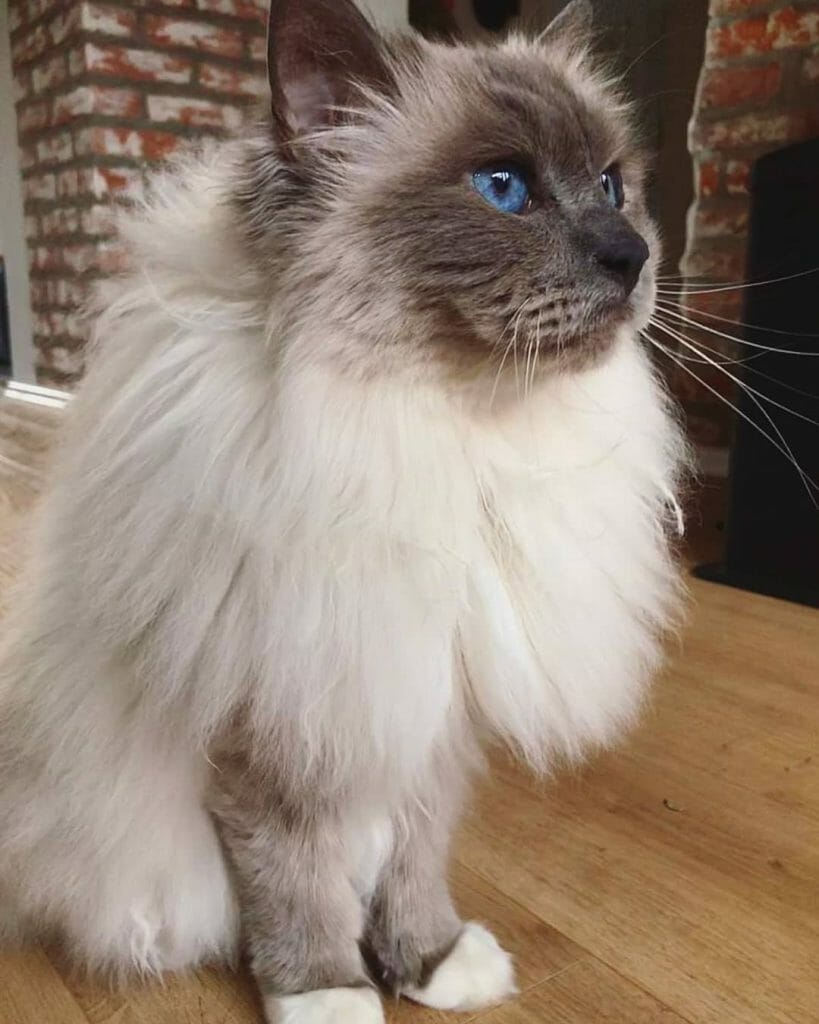

The Birman cat has the same statistics as the Bengal versus the Siberian cat. The characteristic that sets the Birman and the Siberian apart is the coat, but it would take a keen eye to distinguish them from one another. The fluffy Birman cat has a color-pointed coat that looks smoother and softer compared to the Siberian who, at first glance, displays thick and coarse-looking hair.
Although both cats are not far from each other’s weight and height, if both adults are placed beside each other, the Siberian cat would presumably win the size contest if based on how they present their dimensions.
Cornish Rex
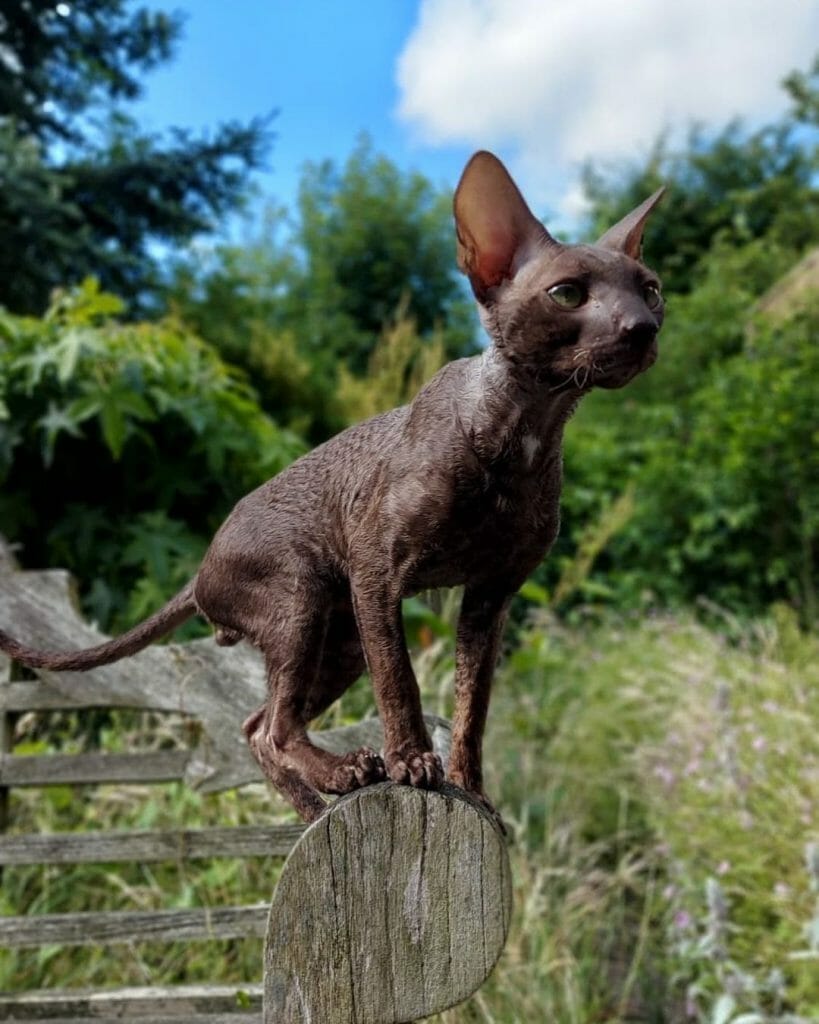

Although the Cornish Rex weighs a maximum of 10 pounds, his height makes up for it. Compared to the Russian Forest cat, he is about 0.787 inches taller. Meanwhile, for the length, the Siberian cat’s maximum measurement is 1 inch greater than that of the Cornish.
With the great difference in weight plus the fact that Cornish Rexes are ideally thin, the Siberian cat is mainly larger between the two.
Norwegian Forest
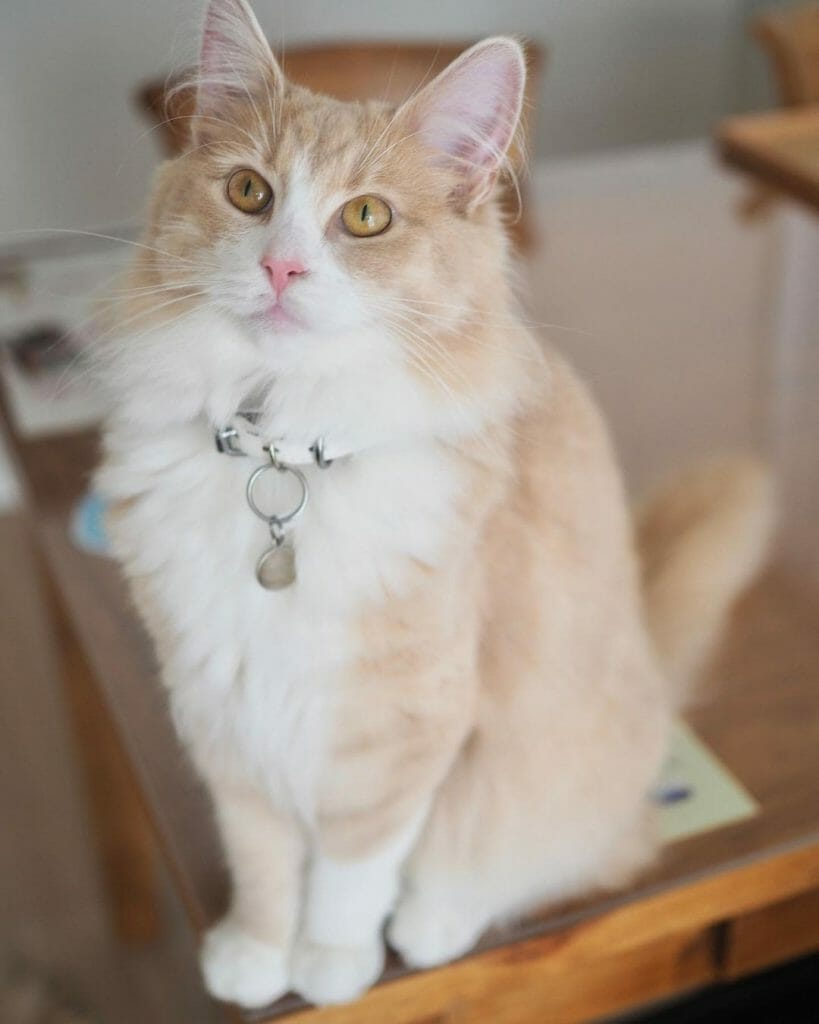

Both the Siberian and the Norwegian Forest cats almost share the same personality, especially that they also come from colder regions. With further inspection, both of them are very close in terms of length (they can reach 18 inches maximum) and weight (20 pounds maximum). The only difference is the height where the Siberian cat can be 0.787 inches shorter compared to a sizable Norwegian feline.
Savannah
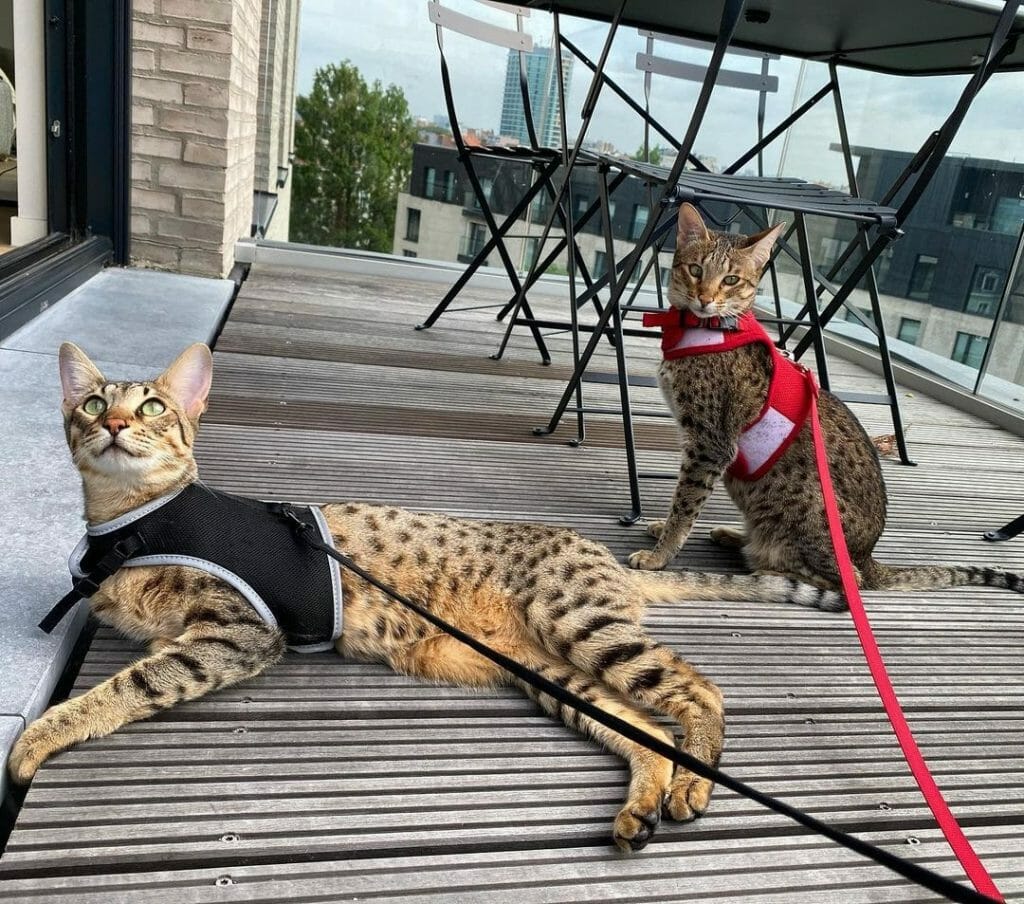

No doubt, the Savannah wins it all in height, length, and weight. This larger cat breed is 4 inches taller (compared to the Siberian’s 11 inches), 4 inches longer (compared to the Siberian’s 18 inches length), and 5 pounds heavier (compared to the Siberian’s 20-pound maximum weight on average).
Take note that the size of the Savannah will widely vary depending on how close the cat is to its original ancestors. The closer he is, the bigger he’ll get.
Ragdoll
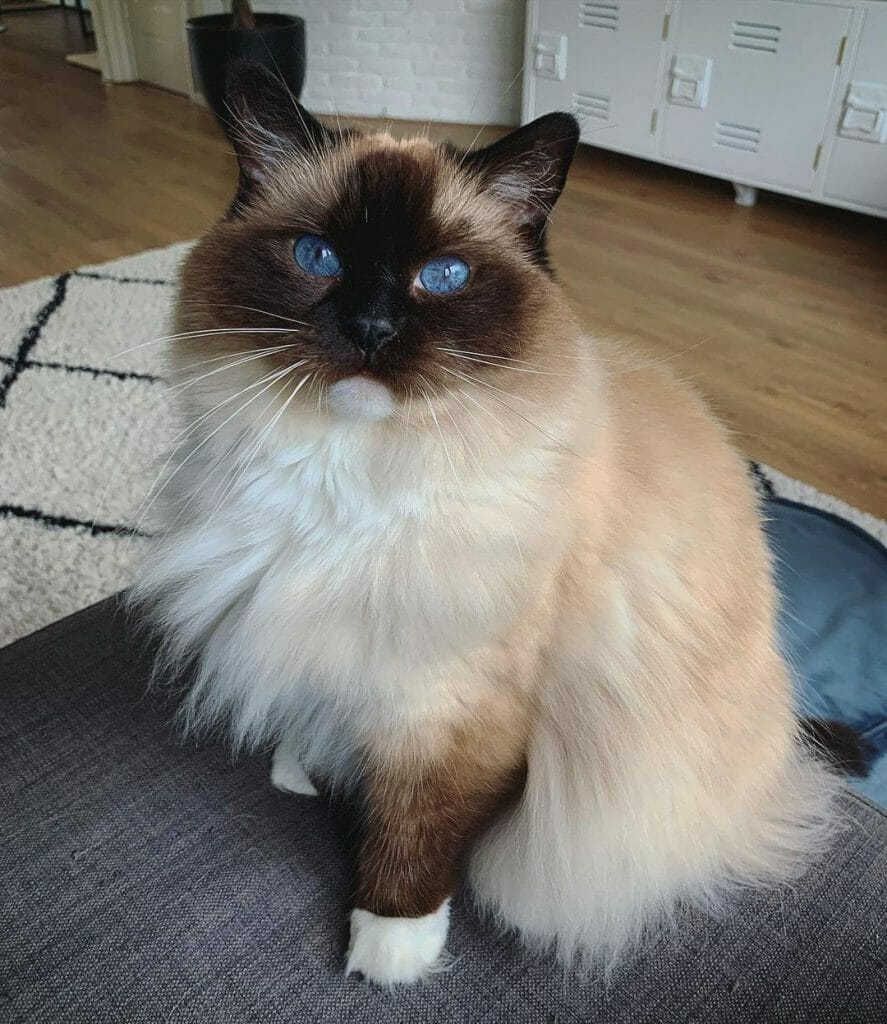

The Ragdoll and the Siberian cat share the same height and weight, but in some instances, the Ragdoll can weigh 2 pounds less than the 10 pound least ideal weight of a Siberian. In terms of length, the Ragdoll can be quite long with 2 inches ahead against the Siberian’s minimum length of 15 inches (and 3 inches advantage if compared to the Russian’s maximum 18 inches).
British Shorthair
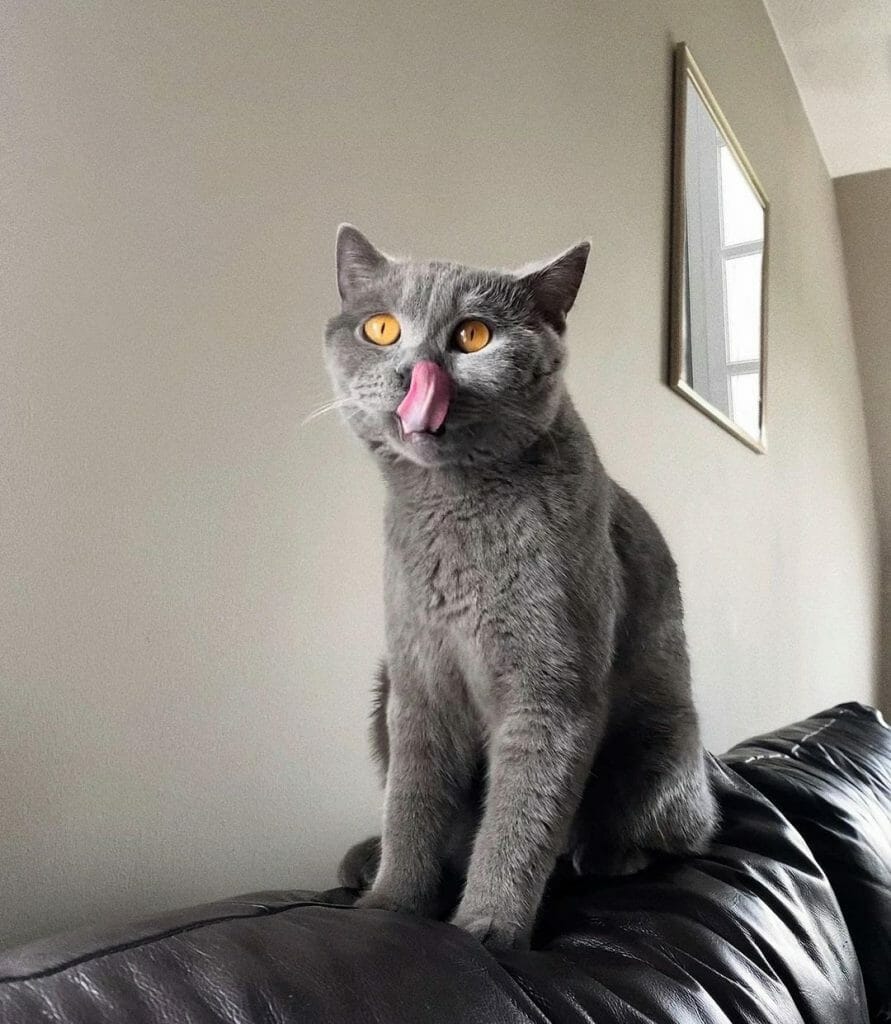

A mature and large British Shorthair would typically be more than 5 inches taller than the Siberian cat. He’s also longer as he can be 22 to 25 inches in length compared to the Siberian cat’s 15 to 18 inches. It is only through the weight where the Russian feline has the edge as he can be 10 to 20 pounds heavy while the British Shorthair can only be around 7 to 17 pounds.
How Much Should I Feed My Siberian Cat?
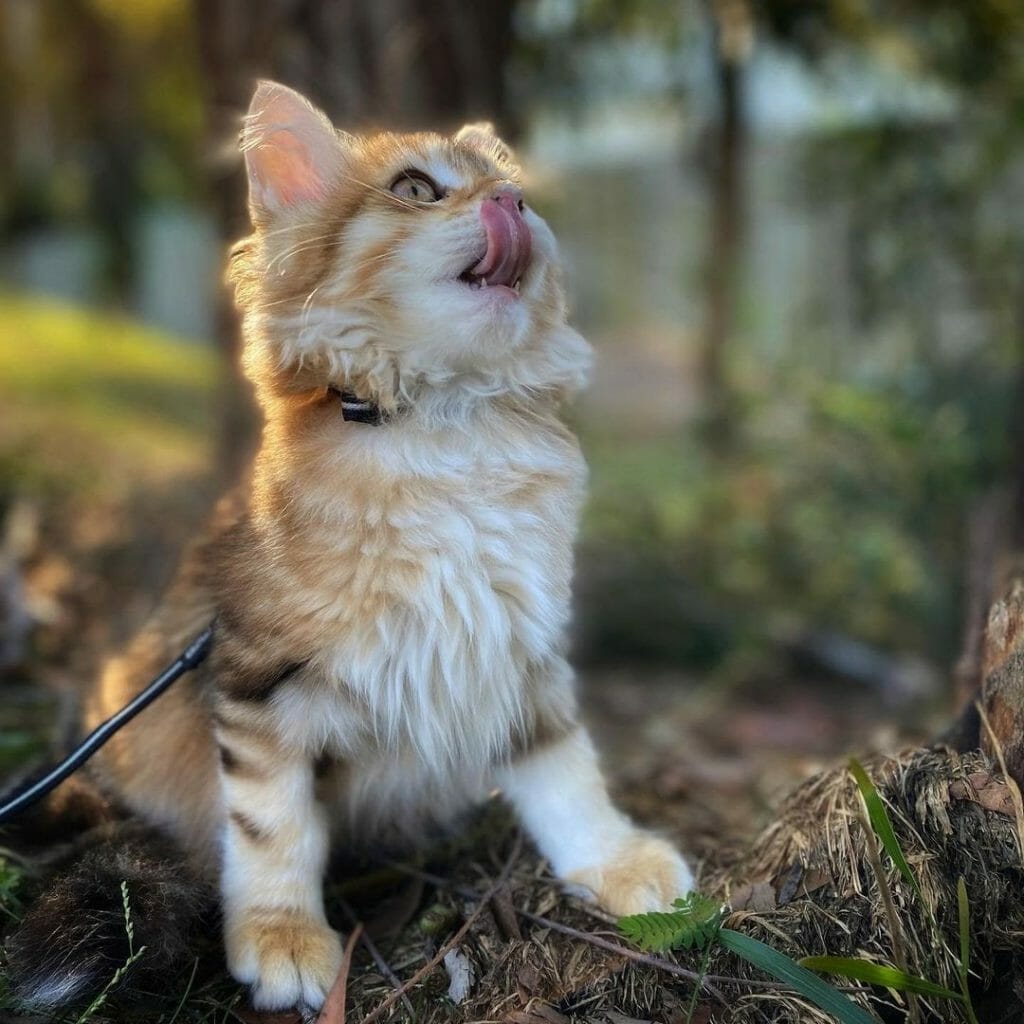

To achieve the proper weight and growth of a Siberian kitten, it is suggested to feed the youngster nutritious meals several times a day. The early stages are crucial as these would affect the cat’s future health.
Typically, a kitten can finish 100 grams of food per meal and the minimum number of times you can feed him is 3 to 4. You can increase the amount the older he gets and gradually cut down the frequency of his meals from 4 to 3. If your Siberian cat knows how to control himself when it comes to consuming food, he can be given free access to it.
Do Siberian Cats Need Exercise?
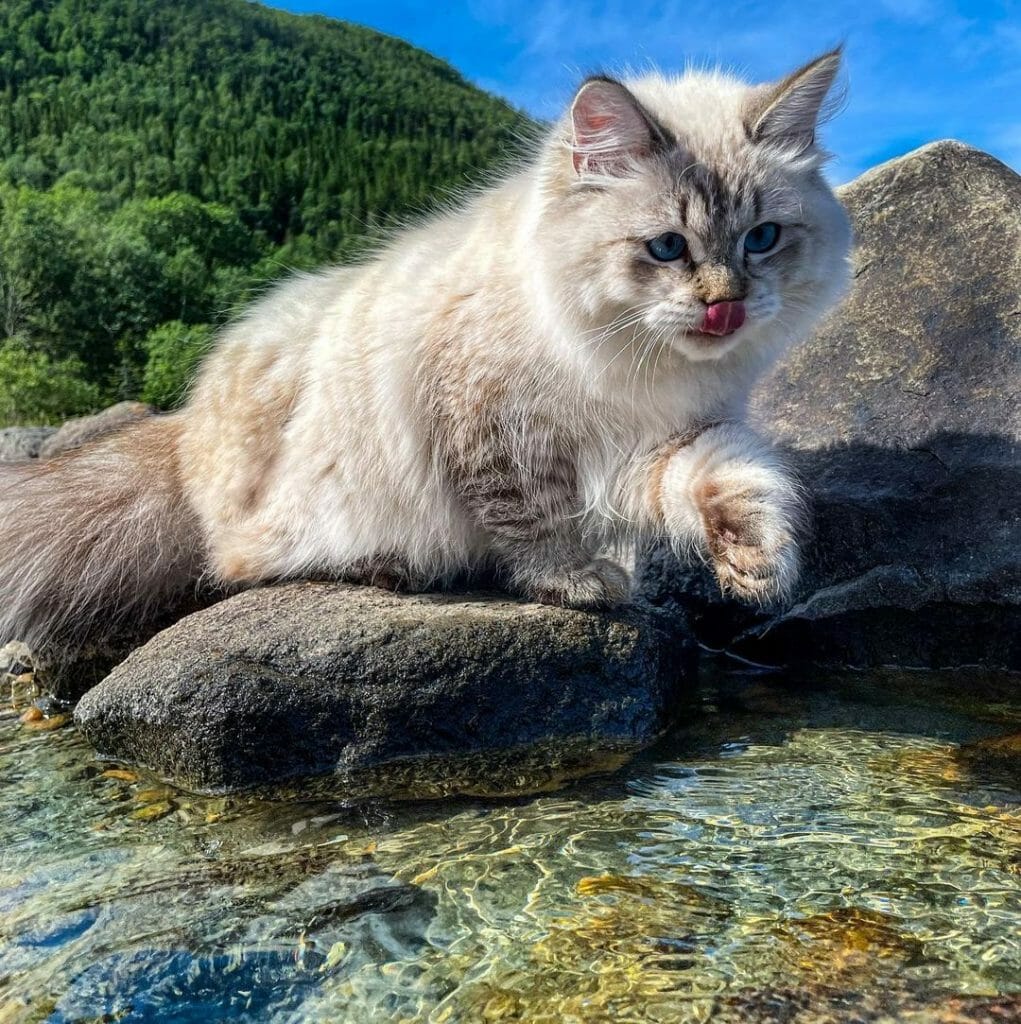

Absolutely! The great thing about owning this cat is that you’d witness an active feline who will constantly investigate his surroundings. He loves to climb trees and apply his prey drive. Since he’s naturally thirsty for challenges that would make him sweat off, obesity won’t be something you’d worry about.
However, depending on the kind of owner this cat has, the Russian Siberian cat is still prone to gaining excess weight. This four-legged pet must do his daily activities to keep him in shape. If he’s already fat, the more exercise he would be needing and you might want to cut down his food intake.
Conclusion
For cat lovers who prefer having larger cat breeds, you’ll never go wrong with Russia’s national treasure. He possesses great qualities suitable even for toddlers and these are complemented by his looks that won the genetic lottery. Although there can be downsides to owning a big feline such as purchasing more cat food supplies, you know that these are nothing compared to the joy you’d have from owning a Siberian cat!
